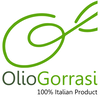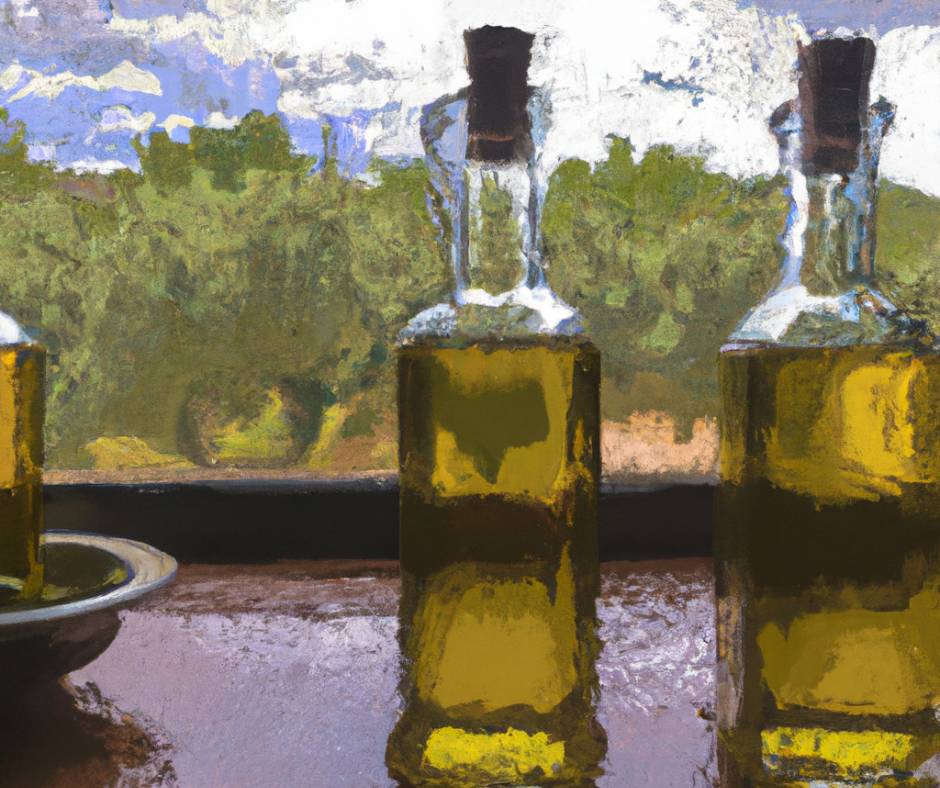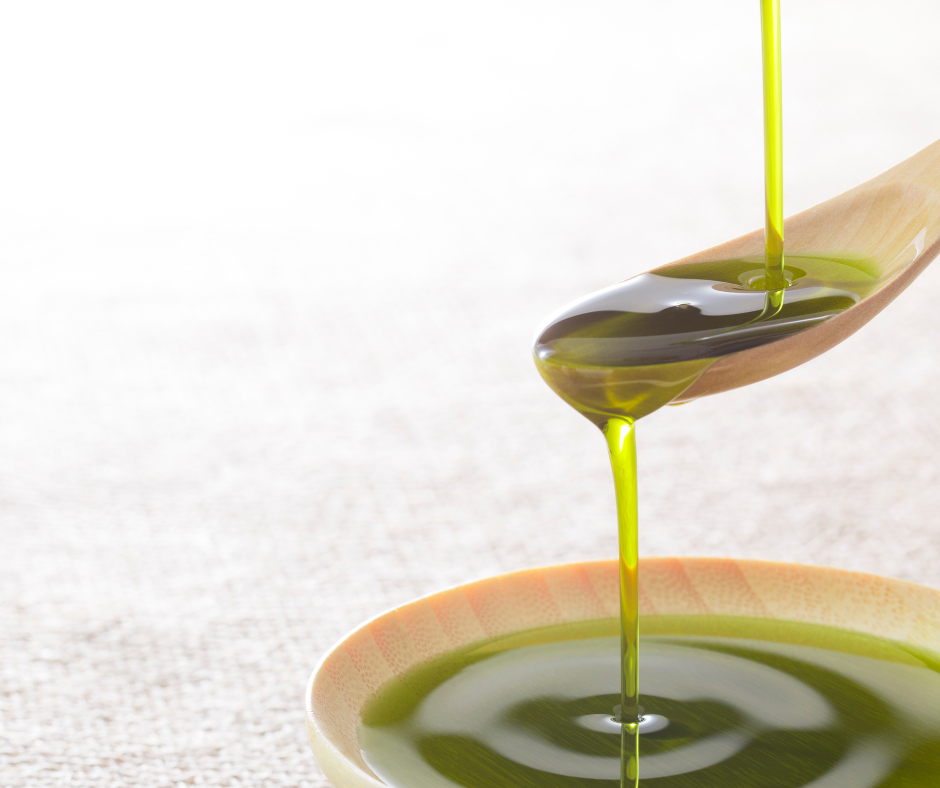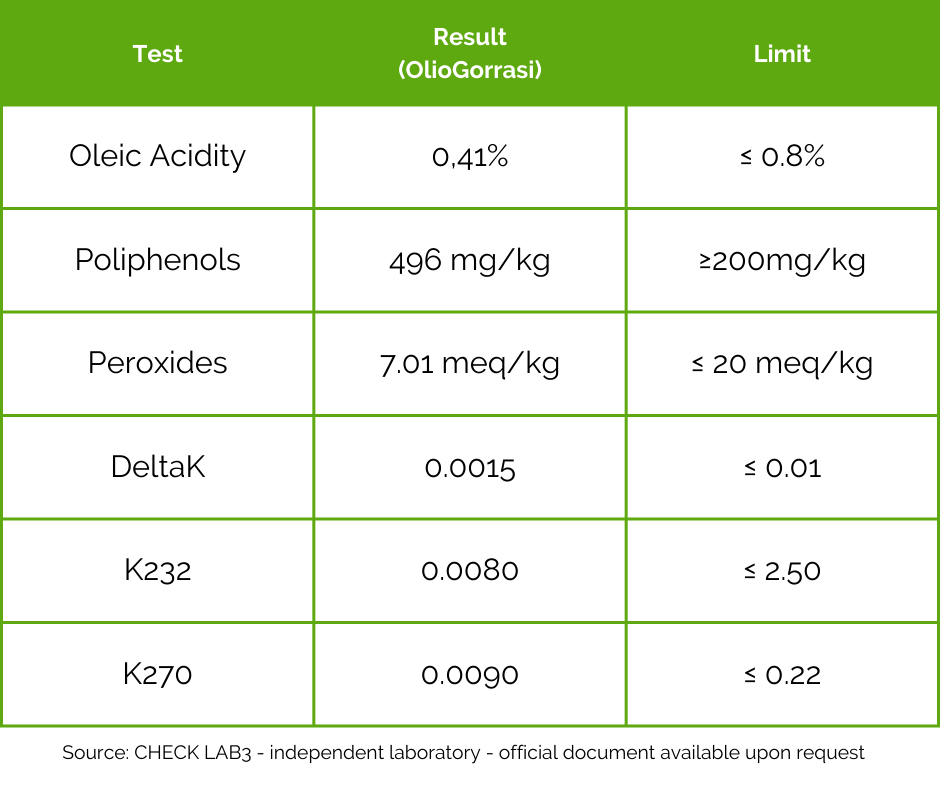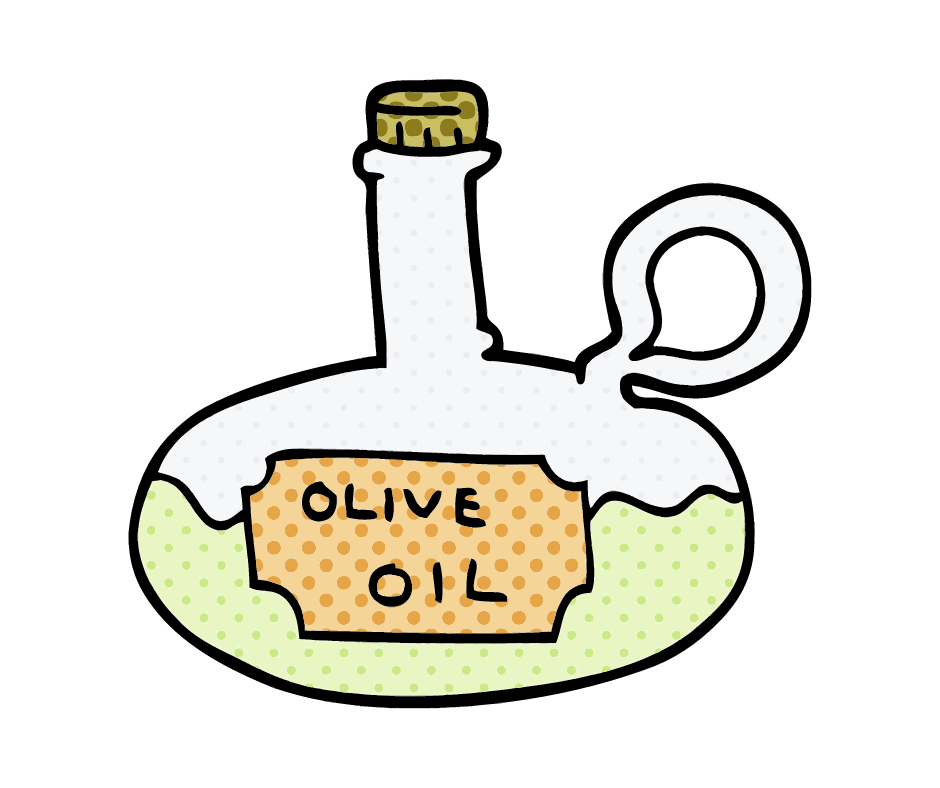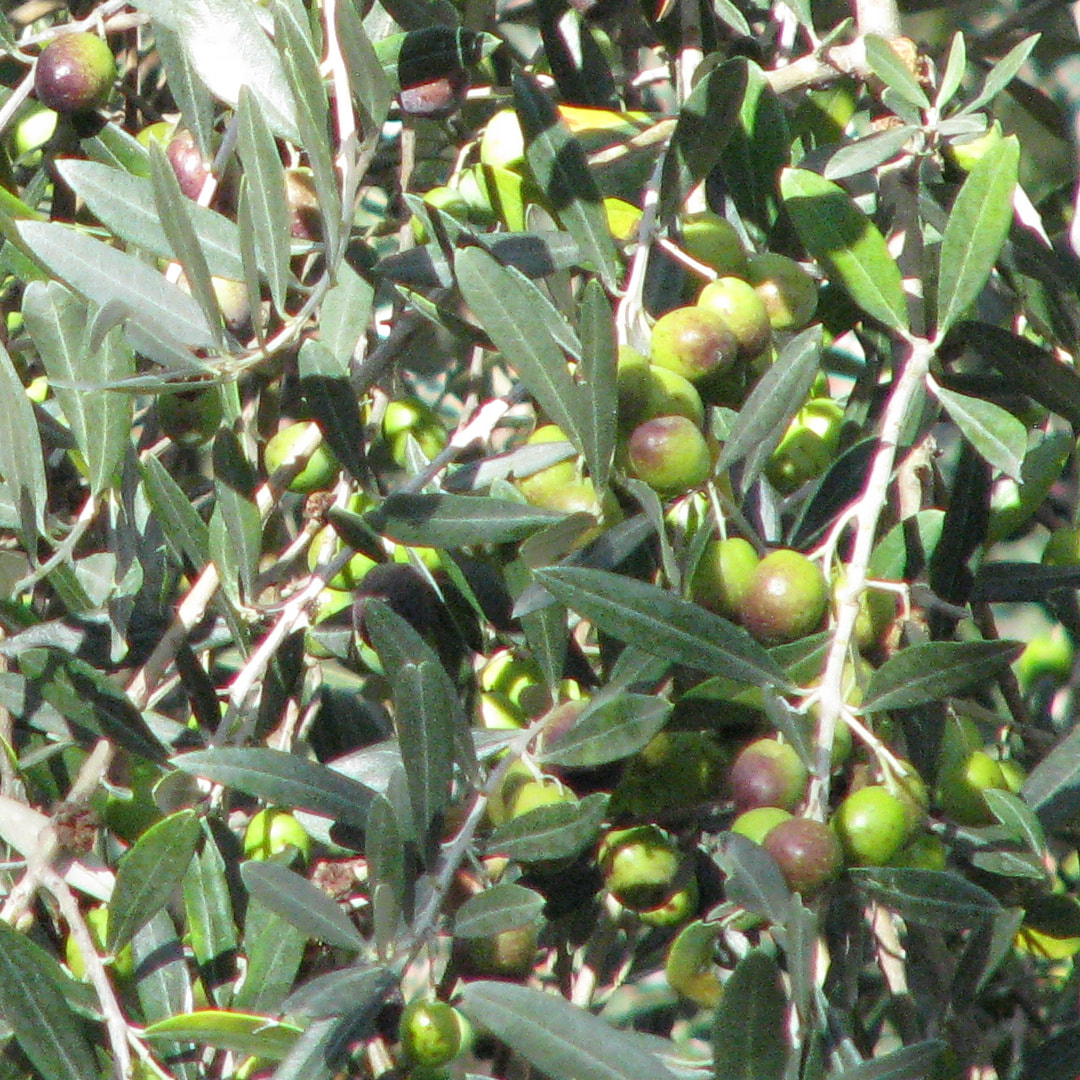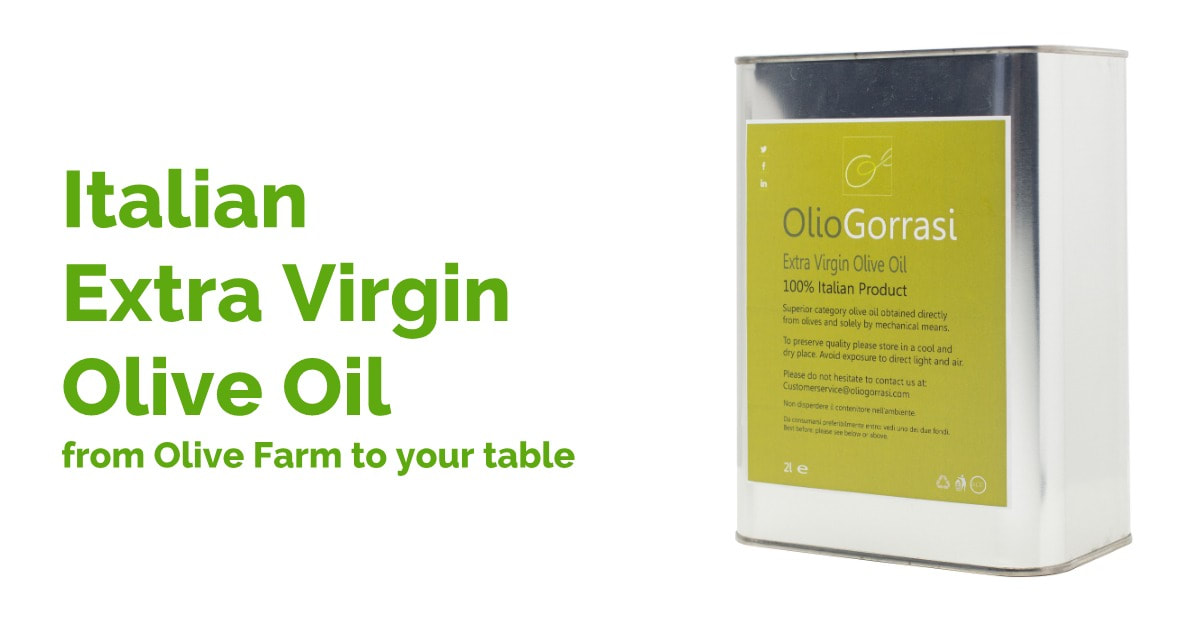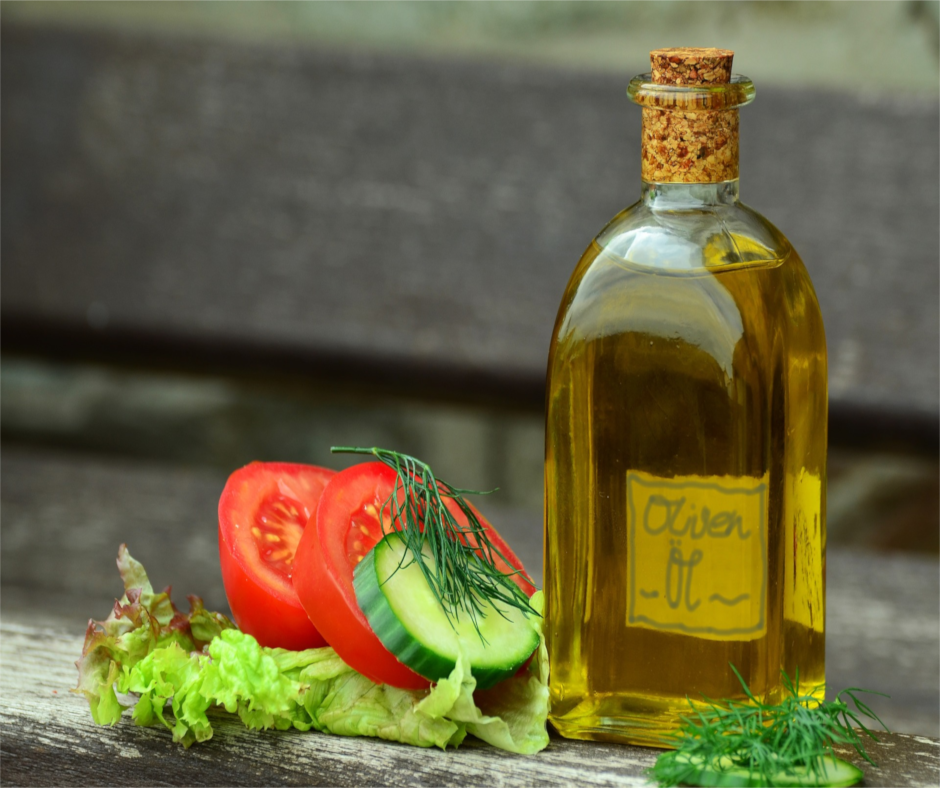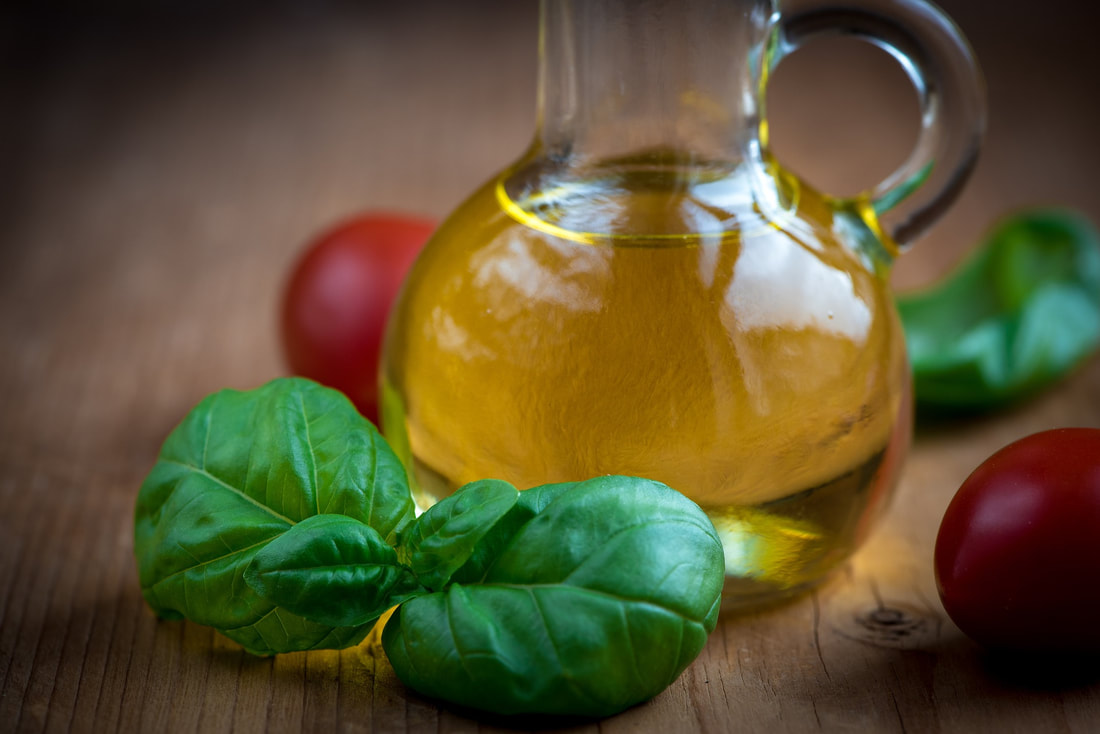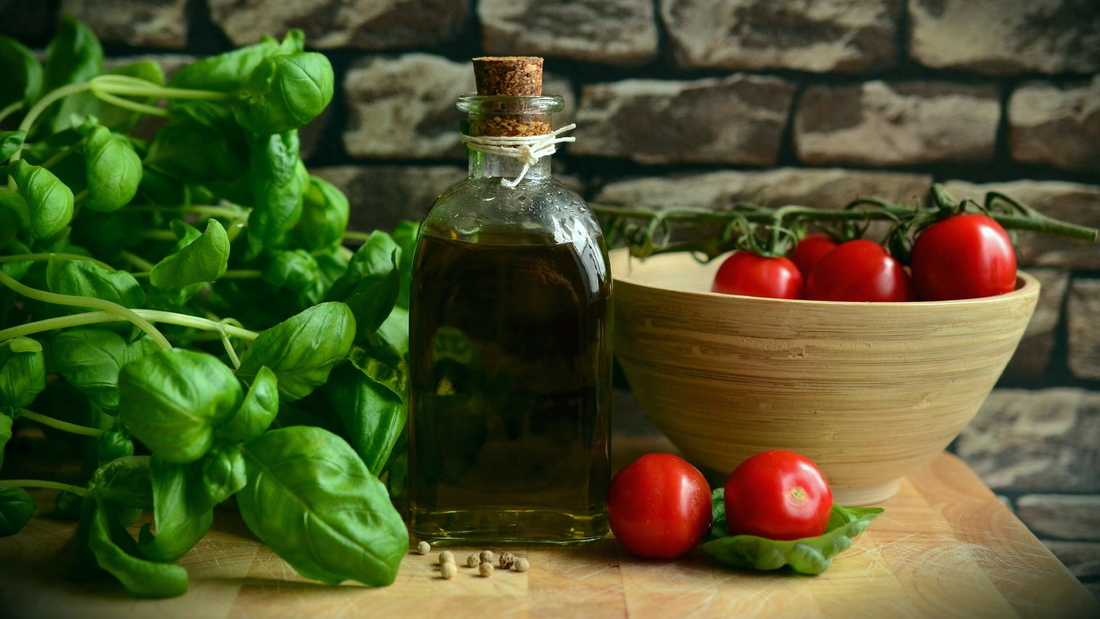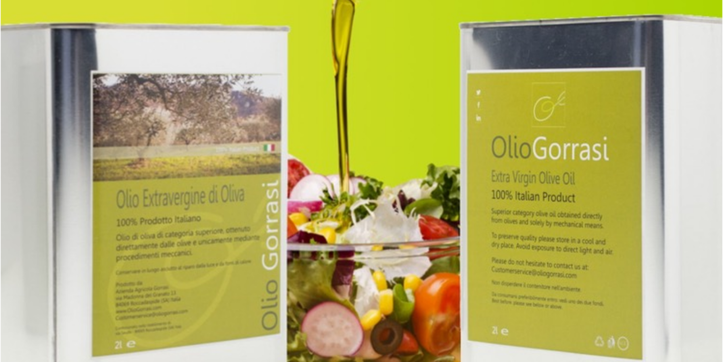Italian Extra Virgin Olive Oil directly from olive farm: how it is made and why it’s better8/3/2023 Farm to Table Italian Extra Virgin Olive Oil: How it's Made and Why it's better. Italian extra virgin olive oil is known worldwide for its exceptional quality, rich flavour, and health benefits. But what sets it apart from other oils, and why is it superior? The answer lies in the process of making Italian extra virgin olive oil directly from the olive farm. In our olive farm, the production process begins with the careful selection of the olives. Like the vast majority of Italian farmers, we use only the finest olives, hand-picked at the perfect time for ripeness (veraison) and flavour. The olives are then washed and crushed, producing a paste that is then pressed to extract the oil. This process is performed only through mechanical means. This means that the olives are crushed at low temperatures, without the use of chemicals or heat. This preserves the natural flavour and nutrients of the olives, resulting in a higher quality olive oil. After the oil is extracted, it is left to settle and clarify naturally, without the use of any additives. This results in a pure, unfiltered oil with a rich, full-bodied flavour. But the production process is only part of what makes our extra virgin olive oil superior. It is also rich in antioxidants and healthy fats, making it a healthy choice for cooking and baking. It has a high smoke point, which means it can be used for high-heat cooking without breaking down and producing harmful compounds. In addition, Italian extra virgin olive oil has been linked to numerous health benefits, including reduced inflammation, improved heart health, and a lower risk of chronic diseases. So, next time you're looking for a high-quality extra virgin oil, consider our 100% Italian extra virgin olive oil directly from our olive farm. With its superior production process, rich flavour, and health benefits, it's a choice you can feel good about. Visit our online shop.
0 Comments
Our company, OlioGorrasi, prides itself on the quality of our extra virgin olive oil. While we do consider pricing in our business decisions, our main focus is on providing the best possible product to our customers. To ensure that our customers have confidence in the authenticity and quality of our olive oil, we have adopted a transparent store policy that includes a money-back guarantee. If a customer is not satisfied with their purchase, they can simply request a refund with no questions asked. Additionally, we provide chemical analysis from independent laboratories for our olive oil. These analyses test for a range of elements, but we focus on presenting the results for six key factors: oleic acidity, polyphenols, peroxides, and DeltaK, K232, and K270. These tests provide evidence that our olive oil is genuine and of good quality. Please see here below the test summary on a sample of our extra virgin olive oil: Oleic acidity Oleic acidity is a measure of the amount of free fatty acids present in olive oil. These fatty acids are formed when the oils in the olives begin to break down, either naturally or through poor storage or handling. The European Union has set a legal limit for the amount of free fatty acids that can be present in extra virgin olive oil, which is no more than 0.8%. If the level of oleic acidity is higher than this, the olive oil cannot be classified as extra virgin and will instead be labelled as virgin olive oil. The oleic acidity of olive oil is important because it can affect the taste and quality of the oil. High levels of oleic acidity can give the oil sour taste, and can also indicate that the olives used to produce the oil were not fresh when they were pressed. On the other hand, low levels of oleic acidity are a sign of high-quality olive oil, as they indicate that the olives were fresh and ripe when they were pressed. In summary, oleic acidity is an important measure of the quality of olive oil. Extra virgin olive oil must have a low level of oleic acidity, no more than 0.8%, in order to be considered high-quality. OlioGorrasi oleic acidity is 0.4%. Polyphenols Polyphenols are a type of antioxidant found in many plant-based foods, including olive oil. These compounds have been shown to have numerous health benefits. The amount of polyphenols in olive oil can vary depending on factors such as the type of olives used, the growing conditions, and the processing methods. Olive oils that are made from olives that are picked at the peak of ripeness and are pressed within a few hours tend to have the highest levels of polyphenols. The polyphenols in olive oil also play a role in its flavor and aroma. Oils with higher levels of polyphenols tend to have a more pungent, fruity flavor and aroma, while oils with lower levels of polyphenols may be more mild and mellow. In summary, polyphenols are a type of antioxidant found in olive oil that have numerous health benefits. The amount of polyphenols in olive oil can vary, and high levels are a sign of high-quality oil. Polyphenols also affect the flavor and aroma of olive oil. Polyphenols are an important factor in determining the quality of olive oil. The International Olive Council (IOC) sets a minimum level of 200mg/kg for polyphenols in extra virgin olive oil. Oils that have higher levels of polyphenols are generally considered to be of higher quality. OlioGorrasi level of polyphenols is 496mg/kg. Peroxides Peroxides are chemical compounds that contain the element oxygen and are known for their ability to oxidize other molecules. In the context of olive oil, peroxides refer to a group of compounds that are formed when the oil is exposed to oxygen, heat, or light. While small amounts of peroxides are natural and even desirable in olive oil, as they can contribute to the oil's flavour and aroma, excessive levels of peroxides can be harmful. High levels of peroxides in olive oil can indicate that the oil has been improperly stored or has been on the shelf for too long. It is important to note that the peroxide value is not the only factor that determines the quality of an olive oil. Other factors such as the oil's flavour, aroma, and color also play a role in determining its overall quality. Peroxides in olive oil can be measured using a test called the peroxide value, which is expressed in milliequivalents of active oxygen per kilogram of oil (meq/kg). The International Olive Council (IOC) sets the maximum peroxide value for extra virgin olive oil at 20 meq/kg. OlioGorrasi level of peroxides is 7.01meq/kg. DeltaK, K232, and K270 DeltaK, K232, and K270 are terms used to describe the chemical composition of olive oil. These terms refer to the levels of certain compounds found in the oil, which can provide information about the oil's quality and characteristics. These three tests are also known as spectrophotometric examination in the ultraviolet. It provides an indication of the quality of the fat (olive oil) and helps detecting failure or damages caused by the pressing process. OlioGorrasi level of these compounds are well below limits: Overall, our commitment to quality sets us apart and we strive to offer our olive oil at a fair price. Correct storage is critical to preserve nutritional qualities of extra virgin olive oil. The rule number one to get olive oil when its nutritional qualities are the highest level is to buy the most recent harvest. The rule number two is buying from a trusted producer, whenever possible.
Great! Now that you got a high quality extra virgin olive oil, how do you preserve its nutritional qualities? Storage is the most important element to preserve its qualities for a longer period of time. Olive oil enemies are: Oxigen, Light and Heat. If we protect it from these three elements we are doing the right thing. Oxygen - Freshly milled olive oil is packed with antioxidants (polyphenols), an indicator of quality. If you expose it to air/oxygen these qualities degrade quickly due to the oxidation process. So, always keep your olive oil well sealed. If you buy it in packaging bigger than one litre it is strongly recommended you bottle it in smaller and sealed containers. Light - Exposure to light causes a chemical reaction called photo-oxidation. Good practice is to keep it away from sunlight and always in dark colored containers. Dark glass, stainless steel or porcelain are ideal, certainly not plastic. Heat - Ideal temperature for olive oil is around 15C, it should never be stored in a warm environment above all if temperatures can go above 20C. Heat could turn it rancid. A sound practice is keeping just daily or weekly consumption in the kitchen if the environment is constantly warm. Remember! Olive oil is not wine. Its qualities degrade with age. In conclusion, always buy the current year harvest and to preserve its nutritional qualities, store olive oil in a dark and cool place. During the months of October to December, olive oil season reaches its peak, and olive farmers are constantly visiting their orchards to monitor the ripening process, which is known as veraison. Veraison is a crucial period in the ripening process, during which the olives' colour changes from green to black, passing through various shades of purple and pink. It's important to harvest the olives at the right time to ensure the quality of the oil. If harvested too early, when the olives are still green and not fully ripe, the oil will have a harsh and bitter taste. On the other hand, if the olives are harvested too late, after veraison has completed, the oil tends to be greasy and lacks flavor. The colour of the oil also changes during the ripening process, from dark green to yellow-green. At our orchards, we begin harvesting our olives when they are in the middle of veraison, before they are fully ripe. This helps to ensure that our olive oil has the perfect balance of flavour and aroma. To ensure that our olive oil is of excellent quality, we take great care to ensure that the olives are fresh and intact when they are brought to the mill. Any damaged fruit can cause excessive oxidation, which can affect the quality of the oil. We take pride in our olive oil, and we are committed to providing our customers with the highest quality product. We hope that you will enjoy the fruits of our labour and appreciate the care and attention that goes into every bottle of our olive oil. To learn more please visit www.oliogorrasi.com. On the market, there are hundreds of offers of Extra Virgin Olive Oil with prices ranging from less than €3 to more than €30 per liter. In most cases, these are products that are the result of refining or blends of oils of different origins. The standard, often mediocre, varies a lot.
Is it still possible for the final consumer to select and purchase a 100% Italian Extra Virgin Olive Oil of guaranteed quality? Yes, it is possible. Few common sense rules can help:
Azienda Agricola Gorrasi is a small farm that produces olive oil from olives grown and harvested from its own olive orchard. New olive oil will be shipped in about six weeks. For shipments within Italy shipping is free. For shipping within the European Union we apply a flat shipping cost of €28 which is about 50% lower than real cost. Special terms apply for group orders. Please contact us for a quote. Buy now on our online store. 10 second focus: buy your food directly from the producer. We produce Extra Virgin Olive Oil. 5 minute focus: If instead, you have five minutes to reflect about your food, please read below. All comments are welcomed. In high-income countries, consumer preference for local, unprocessed foods represents a growing trend. Scientific evidence is also suggesting that big food corporations (BFCs) are taking this aspect into account and diversifying their products. In fact, in high-income countries, BFCs are trying to respond to consumer demand with healthier foods, while in low income countries their offer is still based on more processed, fatty foods (see source note below). With this in mind, should consumers be appointing big brands the responsibility of meeting demands for low processed food? Not necessarily. There is a more effective direction which benefits all parties involved, producers and consumers. The time in which so called convenience food, provided by big brand, can be traded with higher quality at a fair price has come. Between big brand and the source of our food there is a long filière of economic subjects. With the advent of digital technologies, these subjects are no longer necessary. If we are wanting for authentic, quality food, let’s look no further than the actual producer who usually is “local”, “small” and most usually brand-less. Thus, are big brand foods bad? No. However, evidence and new technologies are suggesting that big brand is no longer the most efficient model to deliver natural, healthy food to customers. There is a more effective method: go directly to the source, to the producer. How can this be possible if, the big grocery store is within walking distance, yet the producer is nowhere within the same range? We are living in times where we address our questions to Google. So let’s indeed ask Google. There is a growing number of producers that are able to deliver quality food to our table, free of intermediaries. This yields at least two positives: 1) The responsibility chain is much shorter, we can address any issue directly to the producer who has no interest other than providing quality at a fair price. 2) We cut away a number of layers in the distribution chain that are no longer adding value but increasing cost. If you wish to buy Extra Virgin Olive Oil directly from the producer check our our website. Note “A number of studies now show distinct differences in the nutrient content of the same products of some multinational companies in different countries (35). This is of concern, as research suggests that there is increasing penetration by multinational food companies, such as Nestlé, Kraft, PepsiCo and Danone, in LMICs (editor note: low and middle-income countries), where consumption of unhealthy commodities is reaching levels presently observed in high-income countries (36).” Source You need a litre of extra virgin olive oil, a handful of basil inflorescence and ten basil leaves. Pick the basil inflorescence in the morning, leave them to dry if they are dewy, then place them in a tightly sealed container. Add the oil, close and leave to macerate for three weeks in a dark, cool place. Add the basil leaves and leave to macerate for another week. Finally, filter and decant into small bottles: you will have an excellent seasoning to use with salads, pasta, minestrone, vegetables, soups… You do not have a garden where to pick basil? It is the right opportunity to invest in a small basil plant to keep in your kitchen. With a little sunshine and water, your small plant will yield enough basil for each and every one of your recipes. If keeping a basil plant alive is a challenge you are not willing to undertake, don’t worry, you can always purchase basil leaves directly from the shop. While visiting a gourmet store, you may have come across aromatic olive oil and probably never thought that you could actually make the best one at home. In fact, nothing could be easier than preparing good aromatic olive oil. There are a few, simple rules to follow in order to obtain excellent results. The ingredients are: fresh aromatic herbs and high-quality extra virgin olive oil. If you grow the herbs yourself, pick them early in the morning. Then marinate the herbs and olive oil in a glass container for a given period of time. You are then ready to dress salads, vegetables, fish, grains etc. A bottle of aromatic olive oil, with a handwritten label, is also a great gift idea! So make sure to stay tuned on our blog for delicious aromatic olive-oil recipes and slow-food inspiration! In order to be classified as Extra Virgin, olive oil must possess specific qualities. These are defined by the European Union regulations 2568/91 and subsequent amendments. Chemical parameters such as pH (acidity) and peroxide amount, differentiate Extra Virgin Olive Oil from lower quality products such as refined oils or lampante. Organoleptic properties like spiciness, rancidity, mouldiness and fruitiness also contribute to the classification of Extra Virgin Olive Oil. These properties are, in fact, assessed by a panel of tasters. If the olive oil is rancid or mouldy, it cannot be marketed as Extra Virgin. This is the legal definition, which, unless you are a chemist, does not tell you much. Nonetheless, as a consumer, it is important to know that it is these particular chemical characteristics that certify a high-quality product. They indicate that the olives have been attentively cultivated, harvested and milled with care. For example, did you know that olives must be harvested when they reach a specific level of ripeness? Moreover, damaging the olives must be avoided at all times and they should be pressed within 24 to 48 hours of picking. The use of natural fertilizers such us plant-based or animal manure also greatly contributes to quality. Shown below are the chemical parameters and organoleptic properties of the olive oil produced from our 2017 harvest. The test report certifies that our product can be classified Extra Virgin Olive Oil.
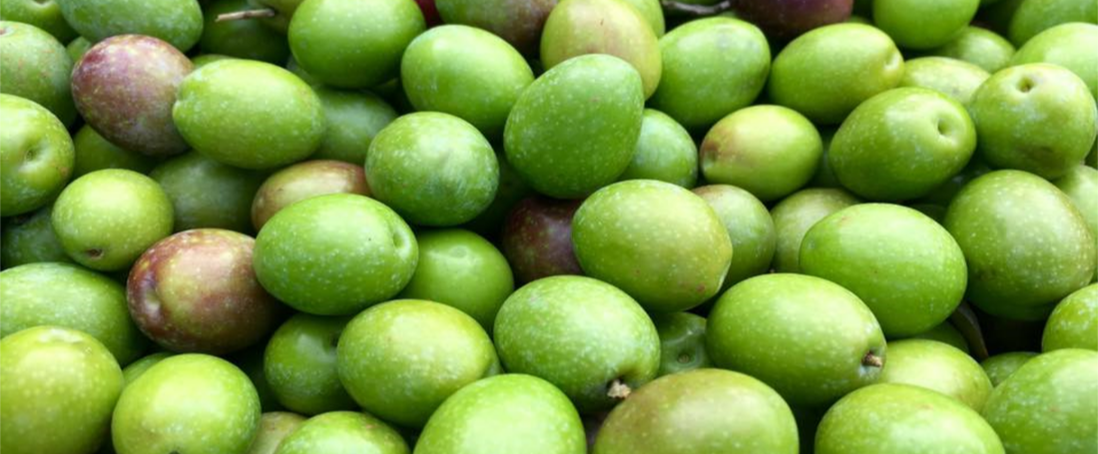 Does the title of this post sound a bit pretentious? Well, sadly, it’s true. Genuine, healthy food cannot be low cost. Products manufactured by the large-scale food industry can be, but the quality ingredients needed for a wholesome diet cannot be delivered to the public with prices that replicate those of food industries.
All across Europe, local family businesses delivering tasty bread, fresh, savoury meat, flavour filled fruit, etc. have fallen into decline over the last decades. Think for a second, when was the last time you enjoyed a tasty plum? Or bought some pears that didn’t perish within a couple of days? A growing number of people, if not all of us, has become accustomed to the food with non-existing flavour offered by the big distribution. Only an aging minority, witnesses of locally grown, authentic ingredients could tell you what a vegetable should taste like and when it’s in season. The quality of food in supermarkets is a disappointment, more harmful than it is nutritious. So, dear reader, if you’re interested in the topic and have read thus far, one must pose you the question: which category do you belong to? Are you a mainstream food consumer or an aging, more demanding consumer? If you are a mainstreamer, you most likely purchase your groceries from large chains, paying three for the price of one! Seems like a great deal no? Yet this is the precise moment economics kill quality. Why? Big scale producers, with unbeatable bargain power push down the prices of ingredients potentially at the expense of quality. Low-cost/low-quality ingredients increase margins. The traditional, local family business model has no chance to survive in this scenario, unless, two conditions are met:
Whether you follow the three-for-one sales or are more demanding when it comes to the provenance and quality of food please visit our Store and buy Extra Virgin Olive Oil directly from our olive farm. |
|||||||||||||||||||||||||||||||||||||||||||||||||||||||
|
AZIENDA AGRICOLA GORRASI
di Pasquale Gorrasi Via Madonna del Granato n.13 84069 Roccadaspide (SA) - Italia CF: GRRPQL62L22H394C P.IVA 05232090653 – REA Salerno n. 430495 |
